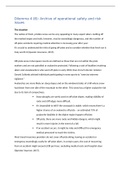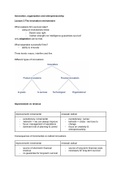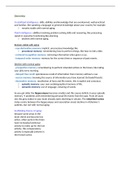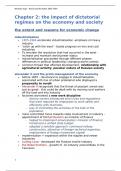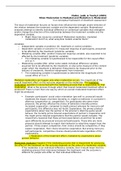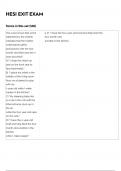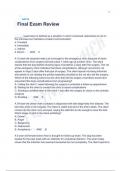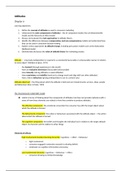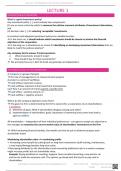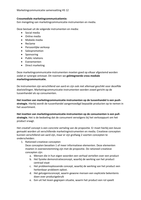Dilemma 4 (B): Archive of operational safety and risk
issues
The situation
The notion of fresh, pristine snow can be very appealing to many expert skiers. Getting off
the marked slopes and trails, however, may be exceedingly dangerous, and the number of
off-piste accidents requiring medical attention is increasing year after year.
It's crucial to understand the risks of going off-piste and to consider whether that fresh run is
truly worth it (Questor insurance, 2017).
Off-piste areas in European resorts are defined as those that are not within the piste
markers and are not patrolled or avalanche protected. Following a rash of fatalities involving
skiers and snowboarders who went off-piste in early 2018, then-French interior minister
Gerard Collomb advised individuals participating in snow sports to "exercise extreme
vigilance."
Avalanches are more likely on steep slopes and on the windward sides of a hill where snow
has blown from one side of the mountain to the other. This snow has a higher avalanche risk
due to its lack of compactness.
Snow ploughs are rarely used on off-piste slopes, making visibility of
rocks and cliff edges more difficult.
It's impossible to tell if the snowpack is stable, which means there's a
higher chance of an avalanche off-piste – an estimated 75% of
avalanche fatalities in the Alpine region happen off-piste.
Off-piste, there are more rocks and hidden dangers, which might
result in more injuries in the event of a fall.
If an accident occurs, it might be risky and difficult for emergency
medical personnel to reach the victims.
Most travel insurance providers do not cover off-piste skiing, leaving an accident or
emergency exceedingly costly for off-piste skiers. In certain cases, the cost of recovering
from an accident might exceed £538 per hour, excluding medical costs and hospital stays
(Questor insurnce, 2017).
issues
The situation
The notion of fresh, pristine snow can be very appealing to many expert skiers. Getting off
the marked slopes and trails, however, may be exceedingly dangerous, and the number of
off-piste accidents requiring medical attention is increasing year after year.
It's crucial to understand the risks of going off-piste and to consider whether that fresh run is
truly worth it (Questor insurance, 2017).
Off-piste areas in European resorts are defined as those that are not within the piste
markers and are not patrolled or avalanche protected. Following a rash of fatalities involving
skiers and snowboarders who went off-piste in early 2018, then-French interior minister
Gerard Collomb advised individuals participating in snow sports to "exercise extreme
vigilance."
Avalanches are more likely on steep slopes and on the windward sides of a hill where snow
has blown from one side of the mountain to the other. This snow has a higher avalanche risk
due to its lack of compactness.
Snow ploughs are rarely used on off-piste slopes, making visibility of
rocks and cliff edges more difficult.
It's impossible to tell if the snowpack is stable, which means there's a
higher chance of an avalanche off-piste – an estimated 75% of
avalanche fatalities in the Alpine region happen off-piste.
Off-piste, there are more rocks and hidden dangers, which might
result in more injuries in the event of a fall.
If an accident occurs, it might be risky and difficult for emergency
medical personnel to reach the victims.
Most travel insurance providers do not cover off-piste skiing, leaving an accident or
emergency exceedingly costly for off-piste skiers. In certain cases, the cost of recovering
from an accident might exceed £538 per hour, excluding medical costs and hospital stays
(Questor insurnce, 2017).

